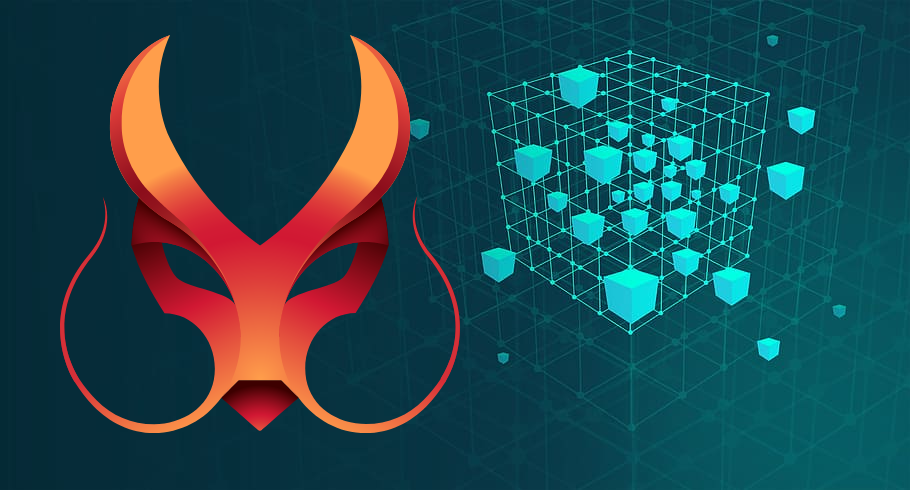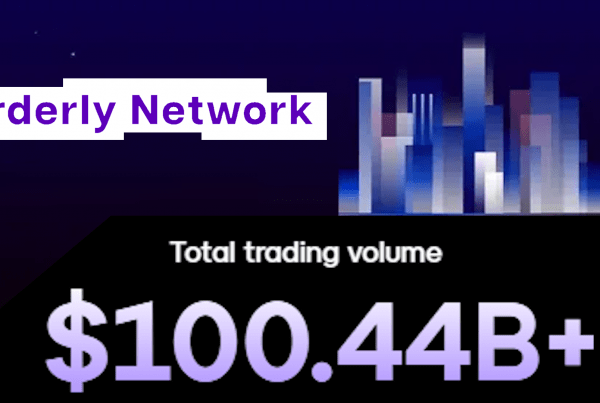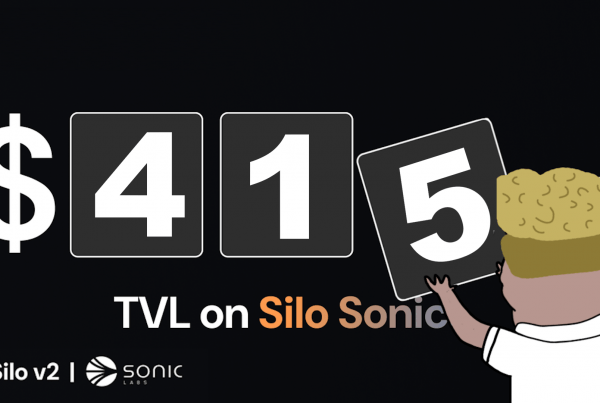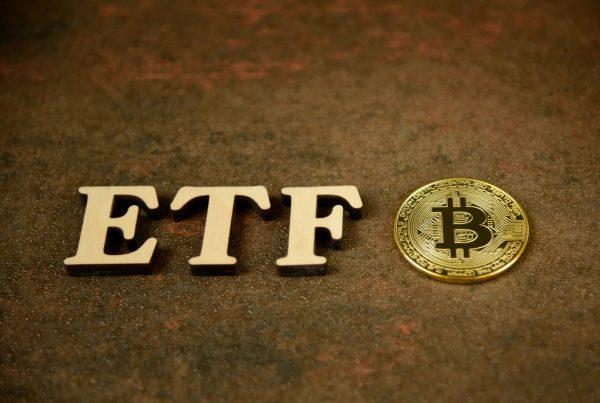
A nascent trend in the trillion-dollar crypto market, decentralized finance, DeFi as it is fondly called has become one of the most talked-about concepts in the space. Worth billions of dollars according to CoinCheckup, decentralized finance seeks to eliminate the need for intermediaries in the course of transactions, expediting the transfer process.
Armed with a ton of unique features over the traditional financial system, DeFi has numerous use cases. Traditional finance, for example, has to rely on banks and courts to process transactions. This does not only take time but makes it a tad bit expensive. Decentralized finance seeks to simplify access to financial services for everyone, regardless of social class.
One of the best use cases of the latest crypto trend is the lending and borrowing of assets. Ordinarily, traditional financial institutions will require customers to provide a ton of valuable information and most of the time, collateral before loans are granted. This puts an entry barrier to the market, making it difficult for the average Joe to get access to loans. Via blockchain technology, DeFi will offer users unending opportunities to lend and borrow assets seamlessly.
Leveraging blockchain, DeFi pioneers a trustless system where anyone, regardless of location, can either borrow or lend funds.
Problems of the DeFi Market
Albeit a beneficial and DApps-driving trend, DeFi like every other trend in the crypto trend has been met with a few challenges. These sticking points, according to experts, have delayed the imminent growth of the emerging market.
One of the many problems prospective traders trying to get into the market have had to deal with is the high cost of fees. Most DeFi protocols require users to spend humongous amounts of money before they can get tokens. Additionally, the cost of locking up funds in a liquidity pool [LP] in a bid to earn passive income is on the high side. This has become a huge bottleneck for traders and investors alike.
According to one of the leading crypto analytics websites, CoinCheckup, there are over 300 DeFi protocols actively trading on the market. Whilst this helps push the trend on the path of adoption, it is also a major stumbling block. The increasing number of these projects makes diversifying assets to increase profits and reduce losses a herculean task. Investors would have to spend months researching the various existing protocols.
Additionally, investors would have to move around multiple chains to buy assets, making portfolio management arduous.
To solve all of these problems and more, the YDragon platform was launched. Built to offer users an opportunity to invest in multiple assets, YDragon seeks to eliminate all of the existing challenges investors may have faced.
The YDragon Vision
As part of the team’s vision to make the DeFi market accessible to all, this platform reduces costs by offering traders and investors a “one-time” investment to own a portfolio.
Introducing cross-chain indexes, YDragon will make portfolio management as sleek as possible, as stated by the development team. All of your crypto assets would be held in one place for easy tracking and proper management, a unique feature in the DeFi space.
As an added benefit, YDragon will simplify access to the DeFi market. Currently, getting into the decentralized finance market via the existing protocols is a gruelling task. Through a series of innovative ideas, this platform will create an easy-to-navigate ecosystem for users trying to get into the booming market which as reported by DeFi Pulse, has over $50 billion in TVL [total value locked].
Introducing a risk diversification strategy, YDragon will allow investors to minimize their exposure to the highly volatile crypto market.



